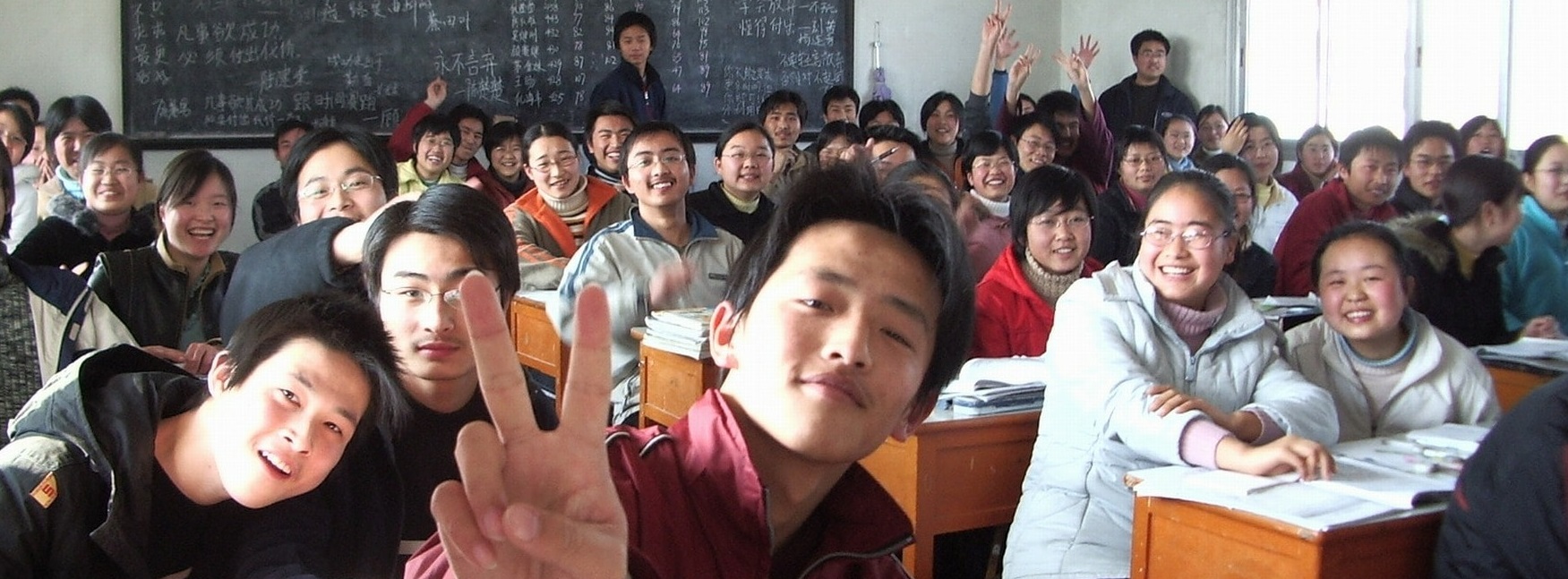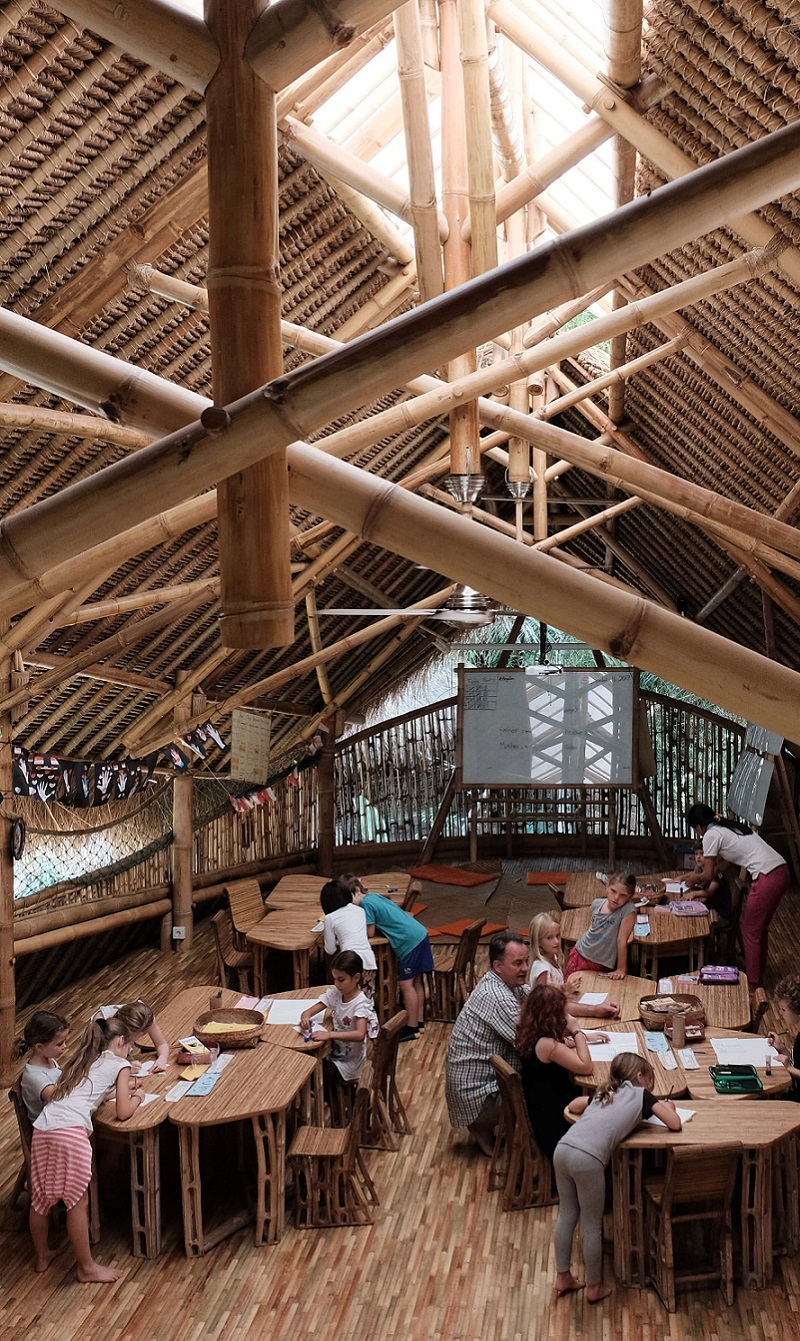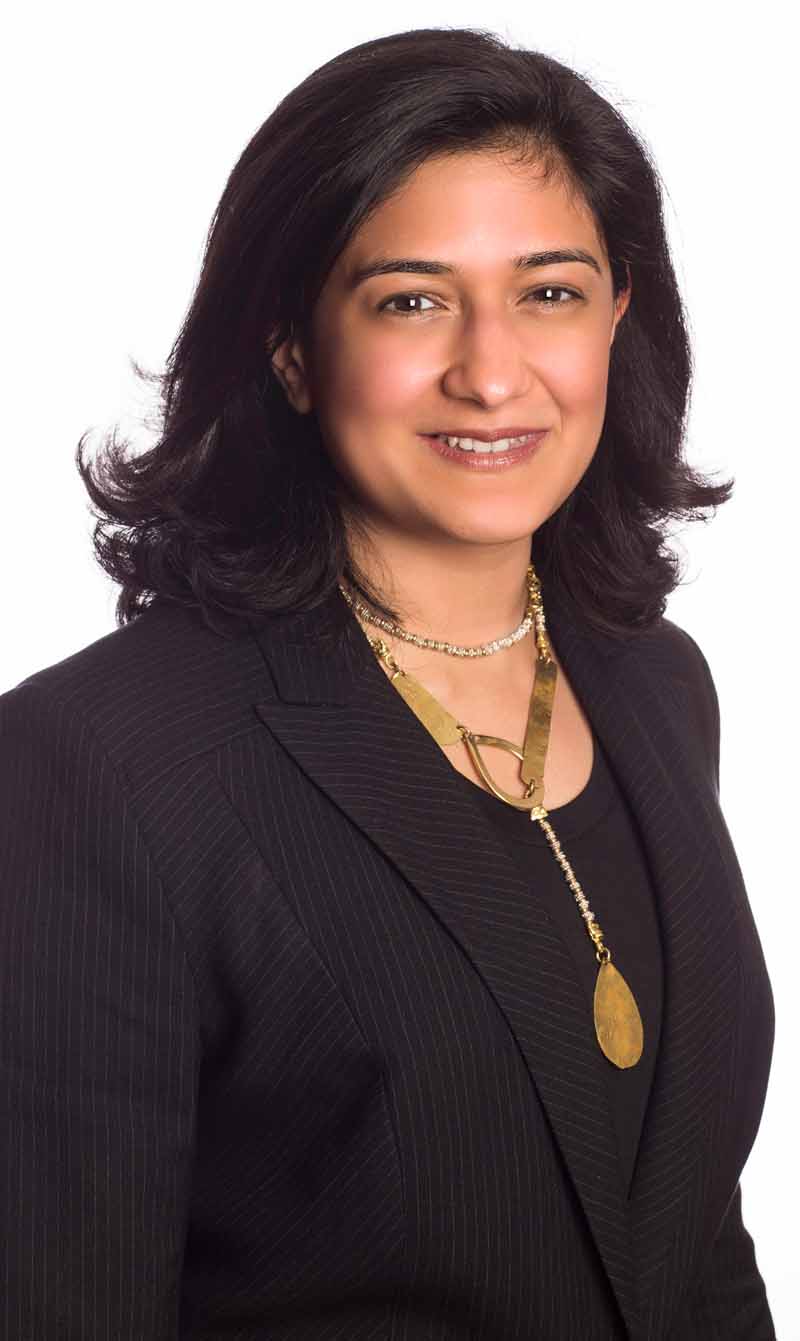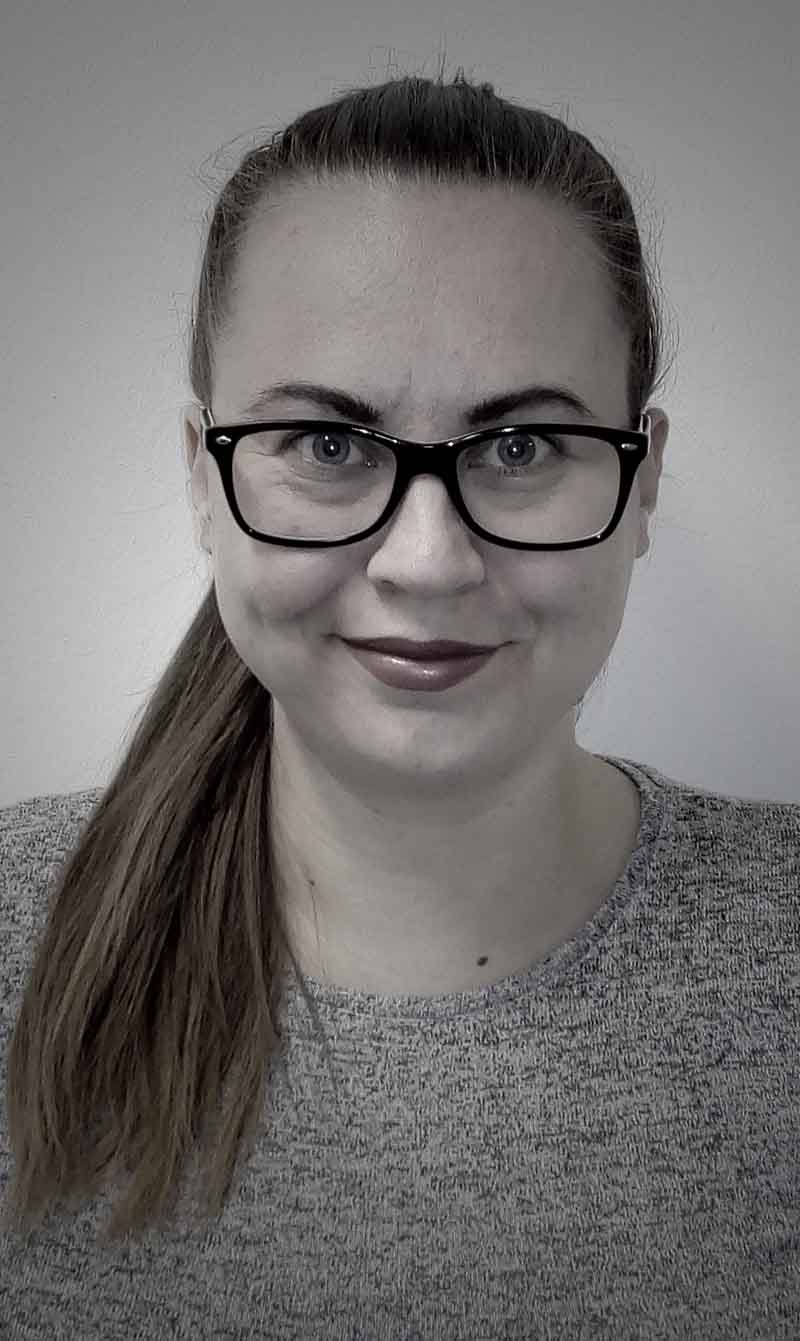Future of Learning
Reconstructing an education system in the age of globalisation and technological disruptions is no mean feat but it has to be done. The thing is, how do you teach a generation that is able to Google just about everything? Let’s hear it from the researchers and experts. Here’s a summary.
Change, some has said, has to start from the root to achieve significant results. If this is the case, then, to revamp the education system to adapt to this age of globalisation and amazing technological advances, it has to start with the educators. Even more so than past decades, today, there’s an urgent need for education because of a burgeoning global population whose thirst for knowledge must be met.
According to a UNESCO’s article, ‘Southern Asia has the second-largest teacher gap, especially at the secondary level. Only 65 per cent of youth across the region are enrolled in secondary education, with the pupil-teacher ratio at 29:1 (2014 estimates) – far higher than the global average of 18:1. Southern Asia needs another 15 million teachers by 2030, the vast majority (11 million) at secondary level.’
To meet the UN’s Sustainable Development Goal on education (SDG 4), by 2030, almost 69 million teachers will be needed globally. SDG 4 demands inclusive as well as equitable quality education for all by 2030. It includes a specific call for more qualified teachers and more support from the international community for teacher training in developing countries.
However, how can today’s schools and universities prepare students for the next future? Does it begin with the teachers? Some experts think so.
Begin at the Root
Print magazine, The Possible, reports in an article that ‘active’ or ‘problem-based’ learning seeks to engage students’ natural curiosity, rather than simply presenting them with information. Meaning that, students no longer only memorise facts but get involved in solving a problem.
Thus, blurring traditional curriculum boundaries and introducing a collaborative group effort to fully grasp a subject or topic. According to The Possible article, this is ‘phenomenon-based learning’ and ‘it emphasises skills such as communication, creativity and critical thinking, and better prepares students to apply their knowledge in the 21st century workplace.’ Evidently, this method engages parents and bring workforce experience into the classroom, is big in Finland, a country renowned as having one of the most successful education models in the world.
A Commonwealth Magazine article reports Dr Todd H. Gazda, superintendent of the Ludlow Public Schools, as saying, ‘Public K-12 schools struggle with making the necessary transformation inhibited in that process by the very policies designed by our legislators to address this challenge. These policies and practices are often mired in the industrial past and not designed to support the development and incorporation of the new skills necessary to succeed in our information driven, 21st century digital world.’
Dr Todd Gazda continues, ‘The challenges being experienced are not limited to K-12 education. The most straightforward and dramatic way to speed this necessary transition in public education would be to change the way we train our teachers. If you walk into most higher education classrooms it’s like taking a trip back in time to 1992. There’s often little technology available for professors and even less incorporated into the learning environment.’ Dr Gazda observes how it’s similar in higher education where they focus on more and better accountability provisions than they do on transforming practice, when it comes to ‘reform’ strategies. ‘In order to change this trend, resources must be allocated to support the goal of providing access to technology and professional development for professors to support the transition to a more digital learning environment,’ adds Dr Gazda.
The point here is, and the point Dr Gazda is making, to stress on the need to train teachers with the most ‘up to date, cutting edge tools and instructional strategies possible’ since it’s fundamental ‘if we’re to advance necessary transformation of the practices in our schools.’ New teachers, explains Dr Gazda, ‘bring with them to their schools a wealth of energy and enthusiasm for their profession, which often helps to invigorate the educators they work with. Every school community needs a balance of energetic new staff along with veteran teachers whose experience and knowledge can support and provide direction to younger colleagues.’
Example: The Finnish Do it Better
A research by McKell Institute in Australia states that embracing the change brought on by digital disruptions and harnessing the opportunities it brings, will be the most challenging part. It states a few factors that will drive this change and it includes students needing to adapt to project-based learning to be prepared for collaborative workplaces and understanding how to develop, manipulate as well as interpret data is going to be a critical part of the curriculum, also the workforce in the future.
The McKell Institute research also highlights Finland as having introduced reforms to their education system based on four main objectives:
- Phenomenon based learning where students focus on real world challenges, giving them a broader understanding of the complex world in which we live and positioning their thinking for problem solving, not repetition of learning;
- Individual school designed curriculum intended to cater for local student and community needs;
- Student designed learning, meaning students are involved in the planning of their learnings and have to articulate what they have learnt from it – moving away from rote learning; and
- Developing schools as collaborative learning communities – this means not relying entirely on teachers alone to navigate the educational application of the new world order.
These reforms, according to the research, ‘are based on the premise that students will continue learning core subjects such as mathematics, history, art and music but in a broader context, factoring in real world issues like the political and economic challenges of the European Union or climate change.’ Furthermore, it’s worth noting that Finland’s system is ‘decentralised and schools are able to comply with national educational objectives while having the autonomy to make decisions that suit their specific area.’
In a Nutshell
So, while revamping bottom up and giving the necessary tools to teachers to teach skills of the future – namely, collaborative and proactive abilities that promote emotional intelligence and entrepreneurship – is good, it’s also vital to cultivate educational institutes into ‘collaborative learning communities’. The combination of these two may possibly, or will, result in a system of education that can arm generations with skills to face challenges of the present as well as the future, and excel. This in turn will, inevitably, positively impact the economy.
Main photo from Pixabay





